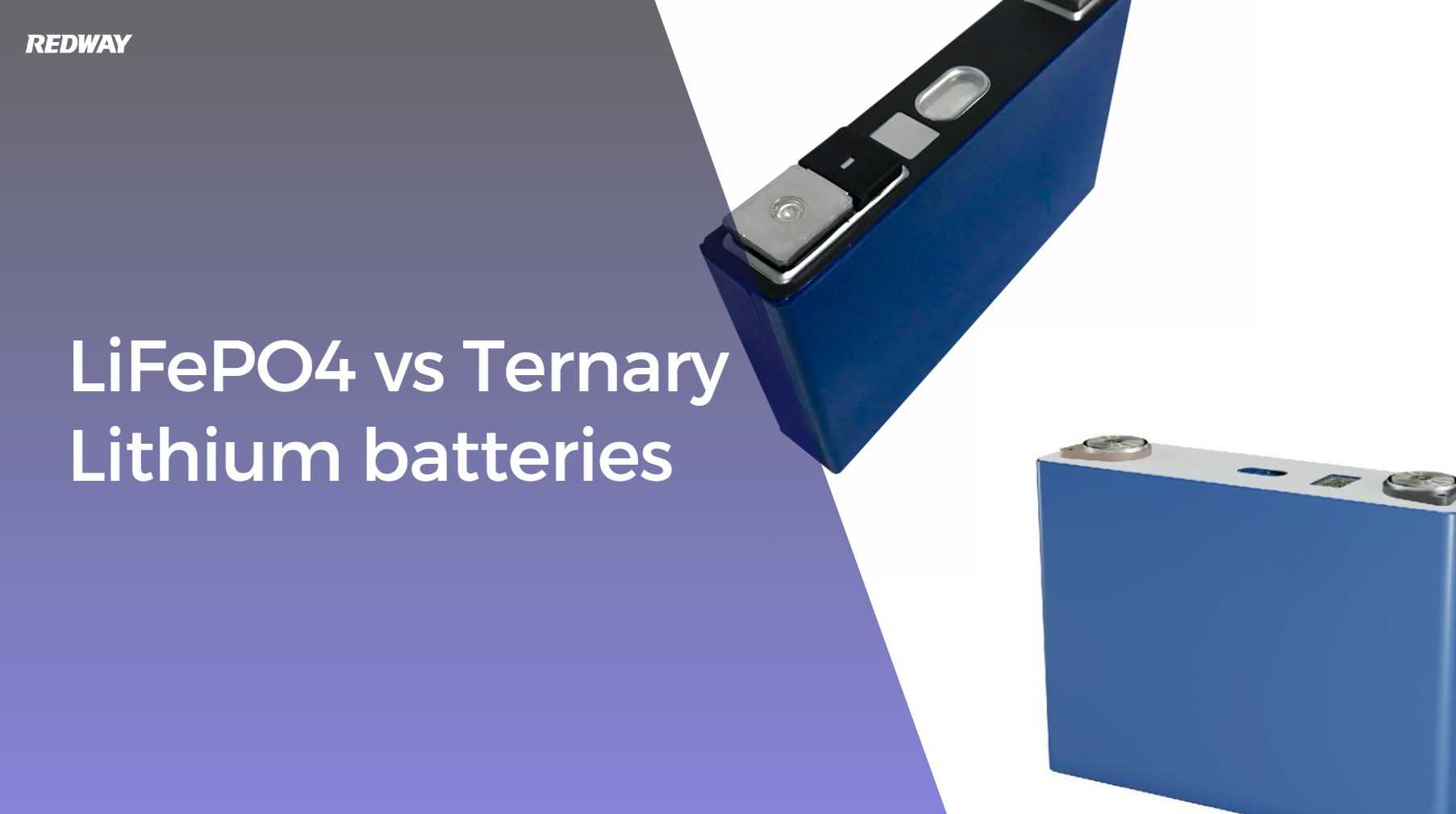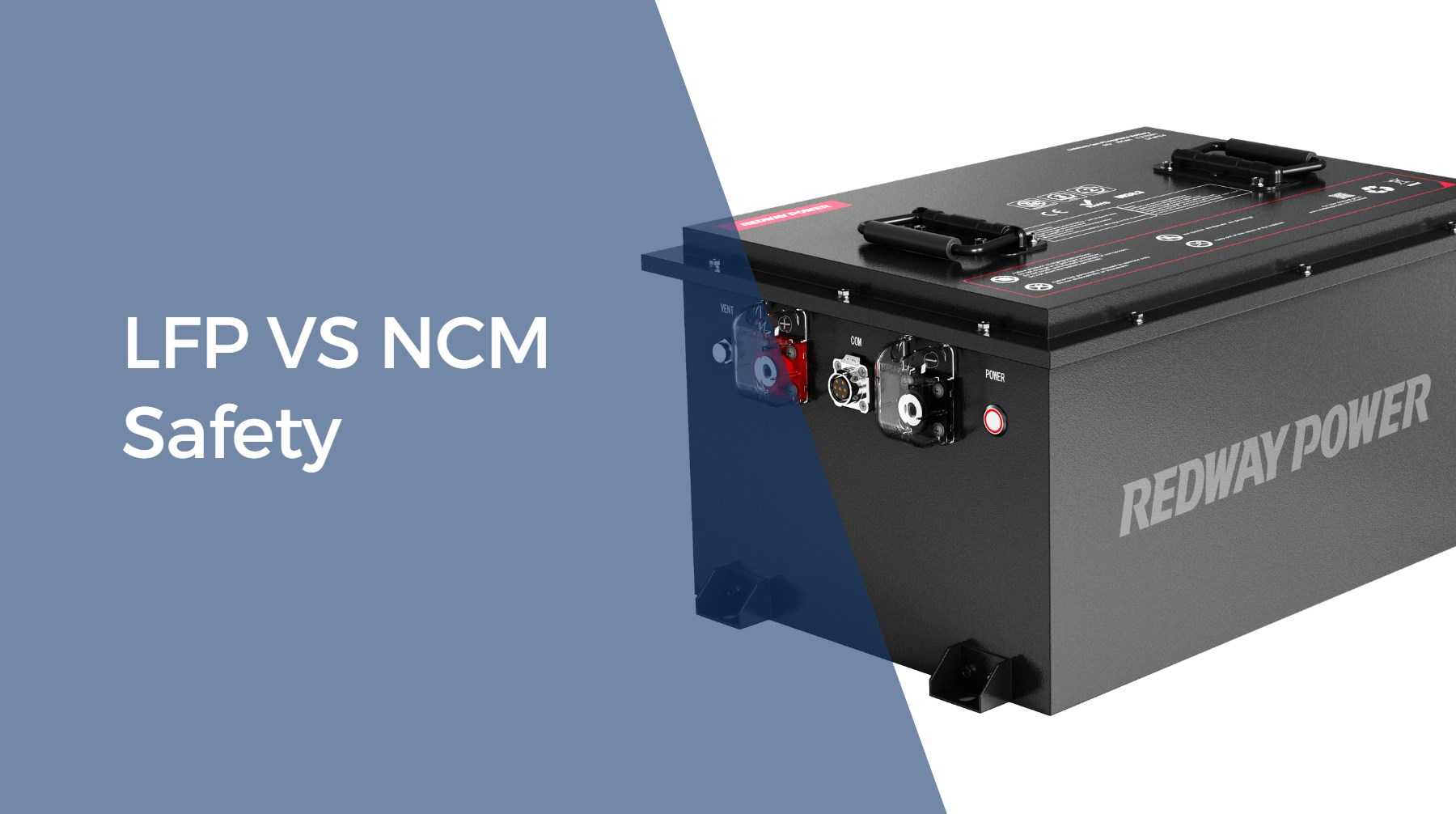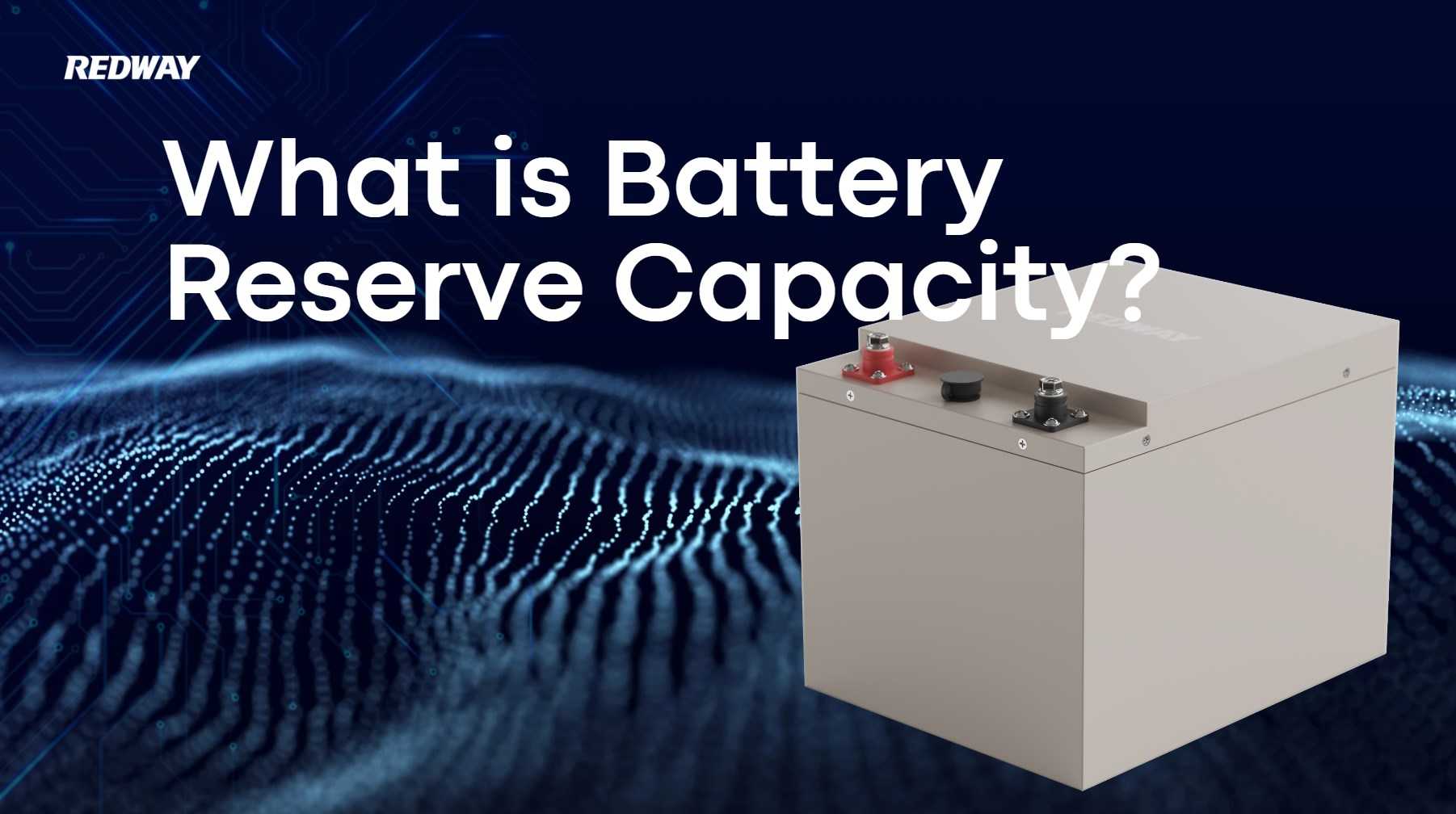What’s the Difference Between Amp Hours and Watt Hours?
Amp hours (Ah) and watt hours (Wh) are both measurements related to battery capacity, but they differ in what they quantify. Amp hours measure the charge a battery can deliver over time, while watt hours represent the total energy capacity by factoring in voltage. Understanding both helps optimize battery selection and usage.
What Are Amp Hours and Watt Hours?
Amp hours indicate the amount of electric charge a battery can supply over a set time, typically one hour. Watt hours measure the total energy stored in a battery, considering both the charge and the voltage. Both metrics help evaluate battery performance by providing complementary perspectives on capacity.
Amp hours describe how long a battery can deliver a specific current, while watt hours calculate the energy available to power devices. This distinction is critical for understanding how batteries perform in real-world applications, as amp hours alone do not account for voltage differences.
How Do Amp Hours and Watt Hours Differ in Measuring Battery Capacity?
Amp hours measure the electrical charge (current over time), while watt hours quantify the energy capacity (power over time). Amp hours focus on the quantity of charge moved, regardless of voltage, whereas watt hours show how much work that charge can perform, blending current and voltage into a unified energy measurement.
Amp hours are widely used when dealing with current delivery, useful for devices with standard voltages. Watt hours, however, are better for comparing energy storage across batteries with different voltages since they provide a comprehensive representation of the total energy.
How Can You Convert Between Amp Hours and Watt Hours?
To convert amp hours to watt hours, multiply the amp hour rating by the battery voltage:
Watt Hours (Wh) = Amp Hours (Ah) × Volts (V)
To convert watt hours back to amp hours, divide watt hours by the voltage:
Amp Hours (Ah) = Watt Hours (Wh) ÷ Volts (V)
This conversion is essential for assessing battery energy in compatible units depending on the application, ensuring accurate capacity planning and device compatibility.
Why Is Understanding These Metrics Crucial for Choosing the Right Battery?
Knowing the difference helps users select batteries that meet their energy needs precisely. Amp hours alone can be misleading if voltage varies between batteries. Watt hours provide a clearer picture of usable energy, helping in choosing batteries that offer optimal run times, efficiency, and performance for specific devices.
Understanding these metrics also aids in estimating battery life, charging times, and compatibility with equipment voltage requirements—key factors when investing in high-quality batteries such as those from Redway Battery.
Which Devices and Applications Rely on Amp Hours vs. Watt Hours?
Amp hours are most helpful in applications where current delivery is a critical factor, such as power tools or electric vehicles with stable operating voltages. Watt hours are preferred in energy storage systems, solar batteries, and devices where voltage varies or energy consumption over time matters more.
In forklifts, RVs, and telecom systems—specialties of Redway Battery—both metrics guide the design and selection of lithium battery packs optimized for power delivery and longevity.
How Do Voltage Variations Affect Amp Hour and Watt Hour Calculations?
Voltage plays a pivotal role in converting between amp hours and watt hours. Batteries with the same amp hour rating but different voltages will have different watt hour capacities, translating to varied energy storage and device runtimes. Monitoring voltage ensures accurate energy estimations and proper matching between batteries and equipment.
Due to voltage fluctuations in some systems, watt hours offer a stable metric to compare energy capacity, making it easier to evaluate battery performance regardless of voltage differences.
Can Amp Hours and Watt Hours Influence Battery Life and Performance?
Yes, both ratings affect how batteries perform and age. Higher watt hour capacities generally indicate longer run times and potentially better efficiency. Amp hour ratings influence the rate at which a battery can safely discharge without damage. Understanding these parameters helps optimize usage cycles and prolong battery lifespan, critical for durable batteries like those crafted by Redway Battery.
Properly balancing amp and watt hour ratings also helps avoid overloading batteries, reducing wear and maximizing safety.
What Are the Advantages of Using Lithium Batteries with Accurate Amp and Watt Hour Ratings?
Lithium batteries, like those offered by Redway Battery, benefit from precise amp hour and watt hour ratings because these allow for efficient energy management, faster charging, longer life, and safer operation. Accurate metrics enable better battery management systems to monitor health and performance, ensuring reliability in demanding applications.
Such clarity also supports full customization and enhanced OEM battery solutions, aligning with specific industry needs from forklifts to solar storage.
What Role Does Redway Battery Play in Delivering Reliable Battery Energy Metrics?
Redway Battery, with over 13 years in lithium battery manufacturing, emphasizes clear and accurate capacity metrics, offering expertly engineered battery packs that highlight both amp hour and watt hour specifications. This ensures clients receive dependable, optimized power solutions tailored to their operational demands with innovation in safety and efficiency.
Their 24/7 after-sales service and advanced manufacturing capabilities help monitor and maintain accurate energy delivery for all battery applications.
Redway Expert Views
“Understanding the precise difference between amp hours and watt hours empowers users to make smarter battery choices,” said a Redway Battery expert. At Redway, we meticulously measure and optimize these metrics in our LiFePO4 battery packs, ensuring that customers get the best energy efficiency and battery longevity. This focus on detailed metrics drives better performance across industries relying on clean, powerful energy.”
Key Takeaways and Actionable Advice
Amp hours and watt hours measure different battery characteristics—charge capacity and total energy respectively. Accurately interpreting these metrics is vital for selecting the right battery for your device or system.
-
Use amp hours to gauge current delivery over time.
-
Use watt hours to understand total usable energy.
-
Always consider voltage when comparing capacities.
-
Opt for lithium batteries with well-defined metrics for enhanced performance.
-
Trust manufacturers like Redway Battery for reliable and customizable battery packs with precise ratings.
FAQs
What is an amp hour?
Amp hour measures the battery’s ability to supply current over time.
What is a watt hour?
Watt hour measures the total energy stored in a battery, factoring in voltage.
Can amp hours be directly compared across different battery voltages?
No, voltage differences require conversion to watt hours for accurate comparison.
How do watt hours affect battery runtime?
Higher watt hours generally mean longer run times for devices.
Does Redway Battery provide batteries with clear amp hour and watt hour specifications?
Yes, Redway Battery provides precise capacity information to optimize performance and reliability.




